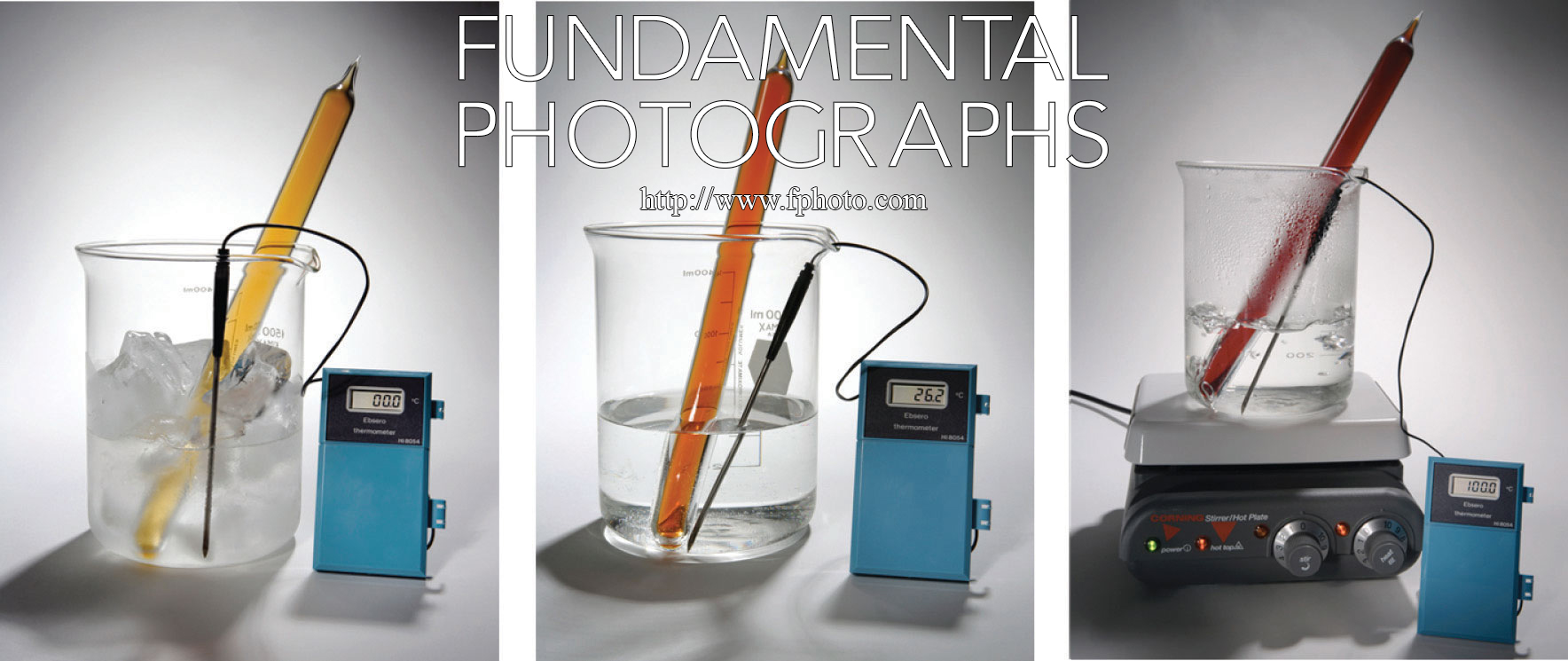Question #f89d7
1 Answer
The reaction is exothermic.
Explanation:
The idea here is that you can treat heat as either a reactant or a product, depending on what type of reaction you're dealing with, i.e. endothermic or exothermic.
Now, in order to figure out on which side of the equation can heat be placed, you must use the fact that you're dealing with an equilibrium reaction governed by Le Chatelier's Principle.
As you know, Le Chatelier's Principle states that a system at equilibrium will respond to a stress placed on the position of the equilibrium by shifting in such a ways as to counteract that stress.
Your equilibrium reaction features nitrogen dioxide,
#2overbrace("NO"_ (2(g)))^(color(brown)("brown")) rightleftharpoons overbrace("N"_ 2"O"_(4(g)))^(color(blue)("colorless"))#
Now, you know that when heat is added to this reaction, the equilibrium mixture becomes darker.
This tells you that in order to couteract the added heat, the equilibrium shifts to the side that produces more nitrogen dioxide,
In other words, when heat is added, the reverse reaction is favored.
That means that the reverse reaction will consume heat, since that is what is needed in order to counteract the stress placed on the position of the equilibrium by the added heat.
Since the reverse reaction consumes heat, it follows that it is endothermic*.
#"N"_ 2"O"_ (4(g)) + color(red)("heat") -> 2"NO"_(2(g)) -># enodthermic reaction
This implies that the forward reaction will produce heat, i.e. it will be exothermic
#2"NO"_ (2(g)) -> "N"_ 2"O"_(4(g)) + color(red)("heat") -># exothermic reaction
Therefore, you can say that your reaction is indeed exothermic
#2overbrace("NO"_ (2(g)))^(color(brown)("brown")) rightleftharpoons overbrace("N"_ 2"O"_(4(g)))^(color(blue)("colorless")) + color(red)("heat")#

Notice that placing the reaction mixture in ice water (the image on the left) will make it turn a lighter shade of brown and that placing it in hot water (the image on the right) will make it turn a darker shade of brown.

